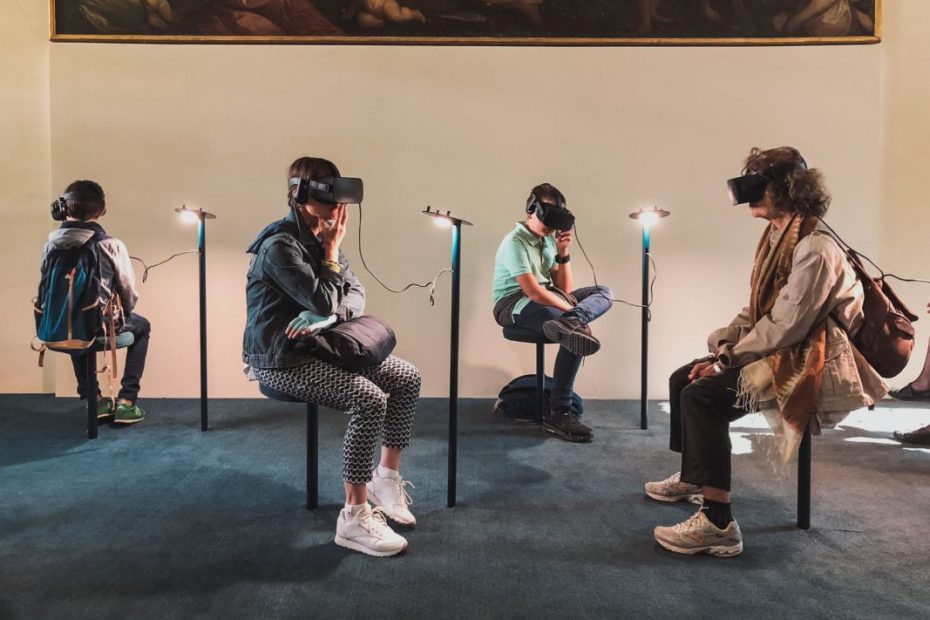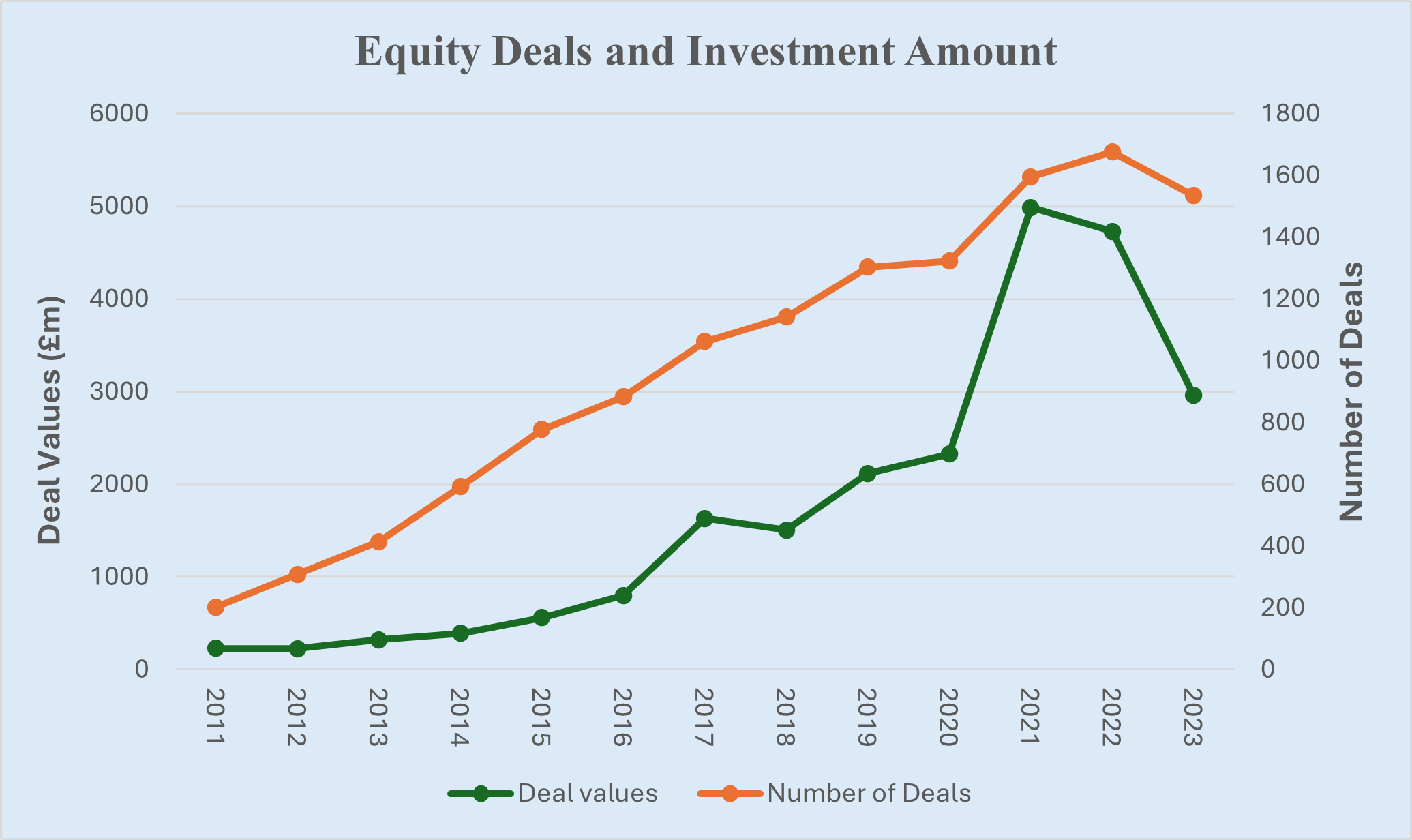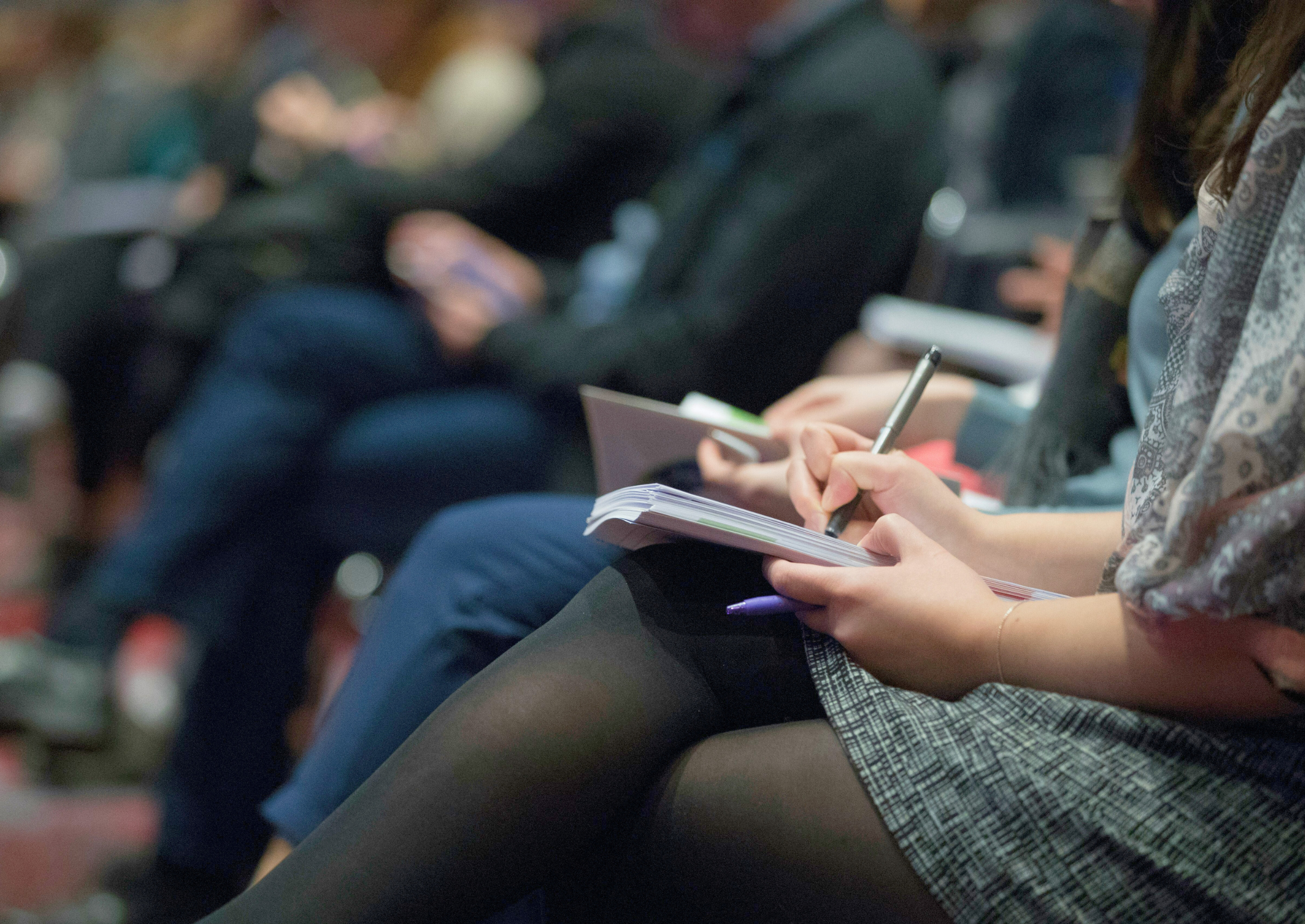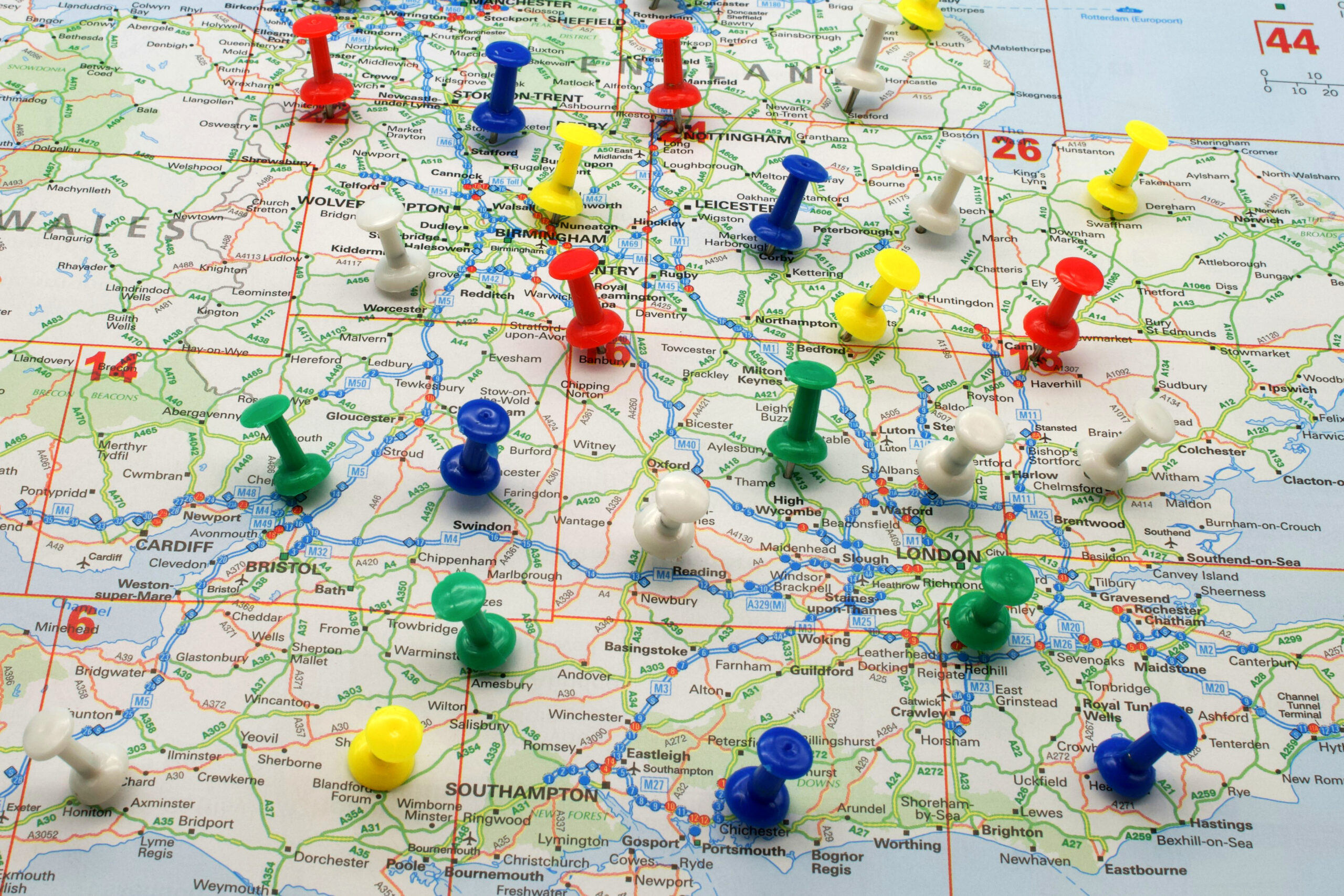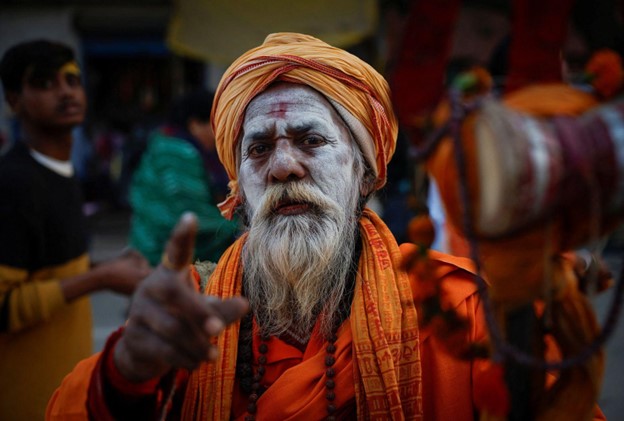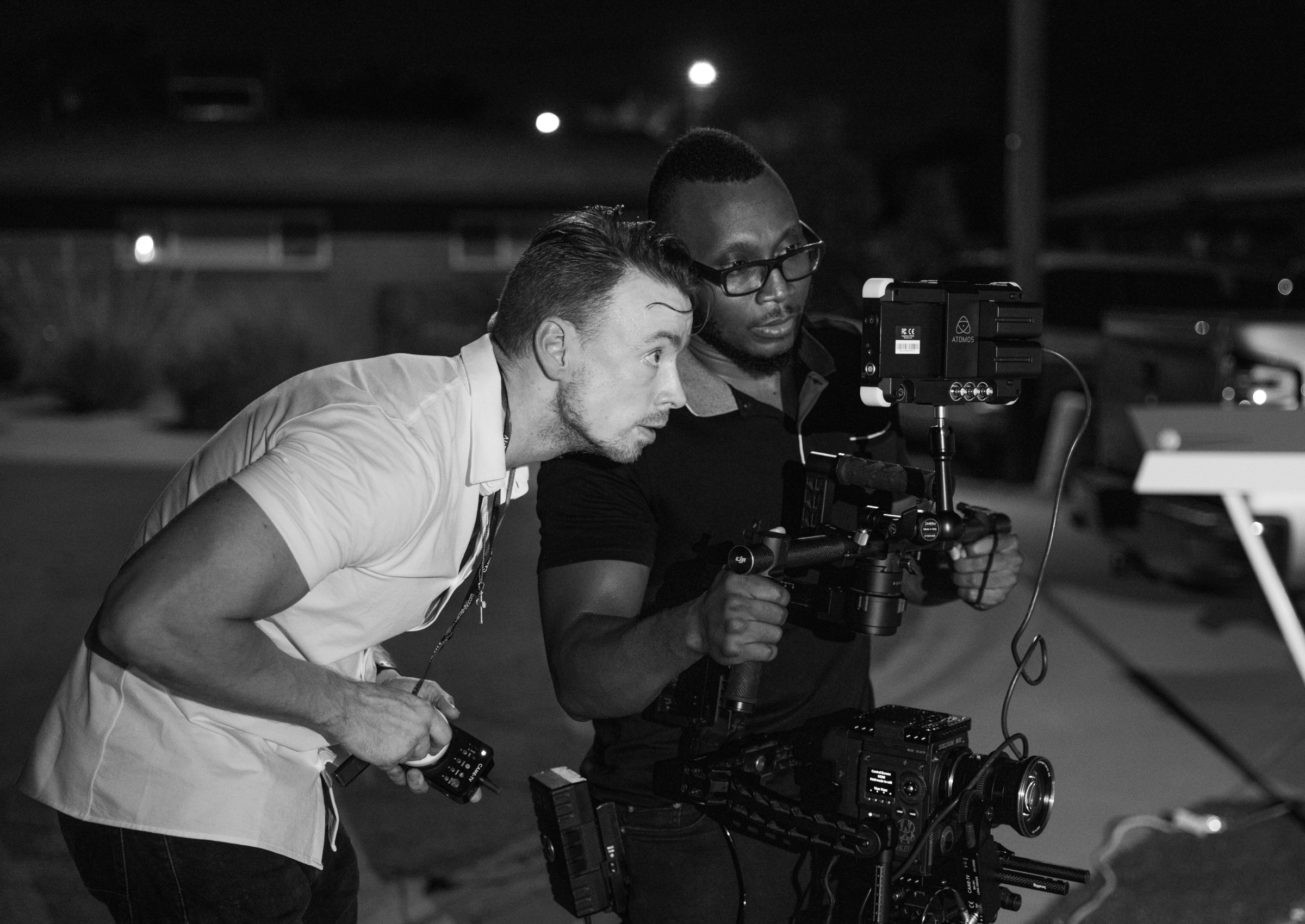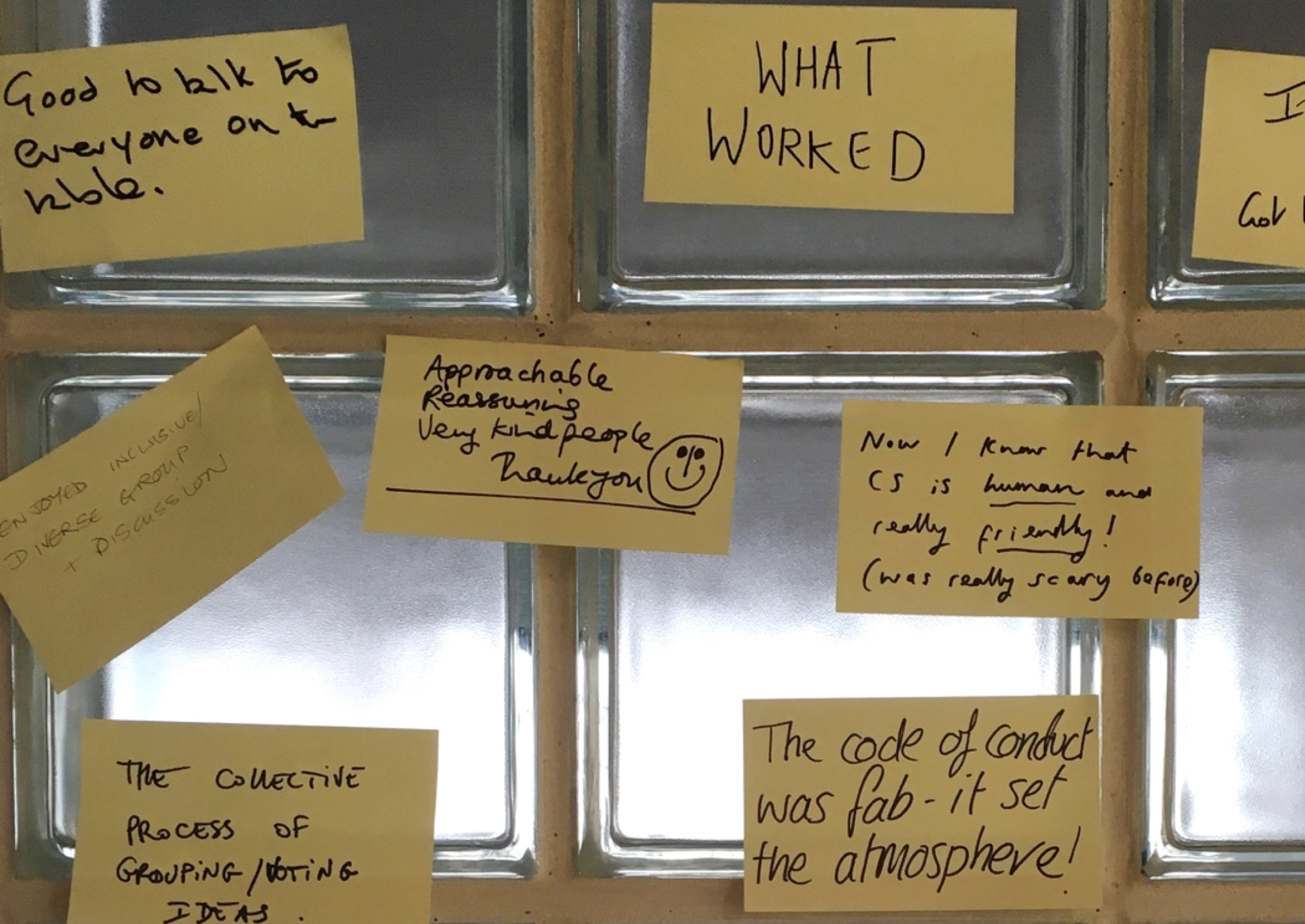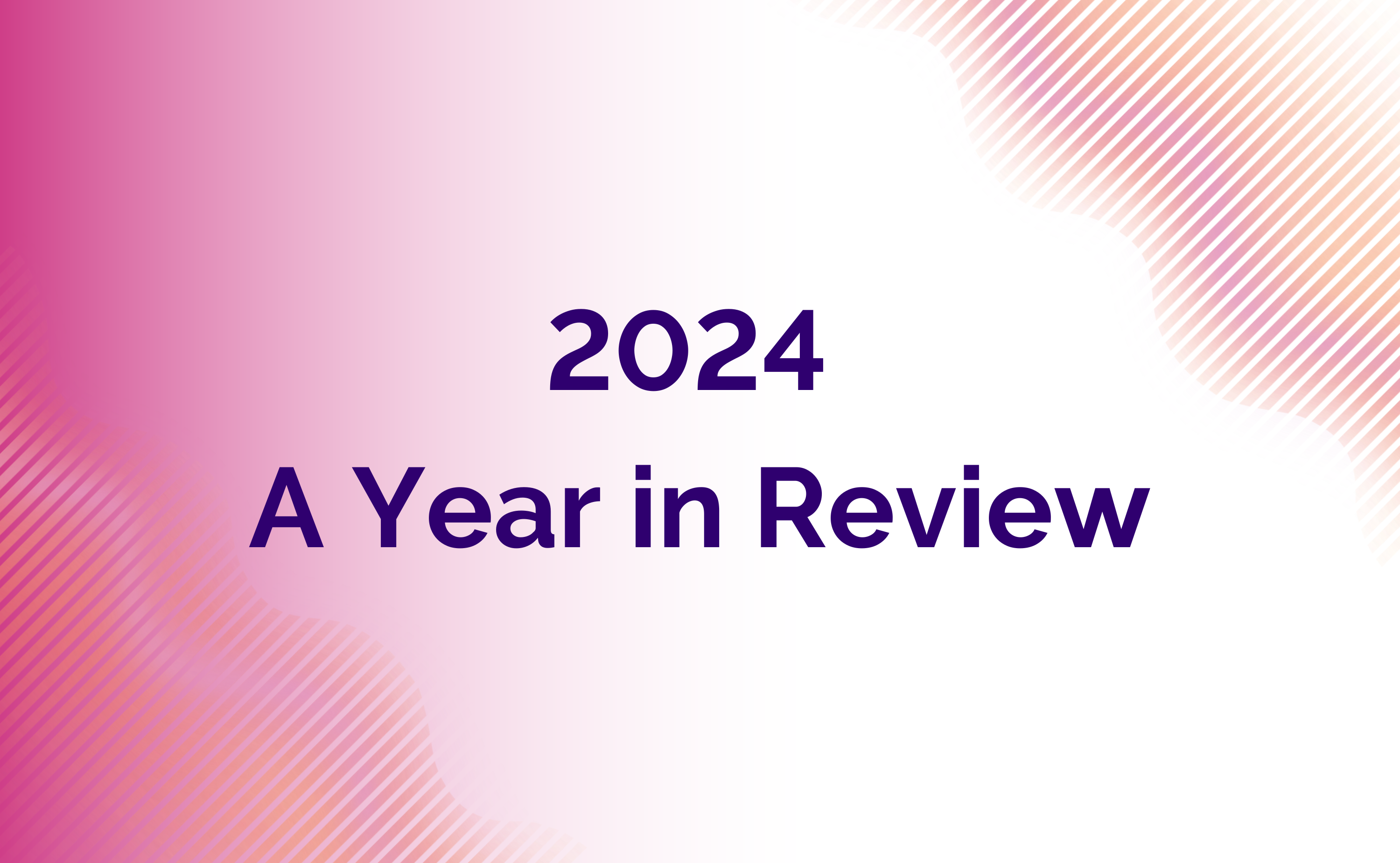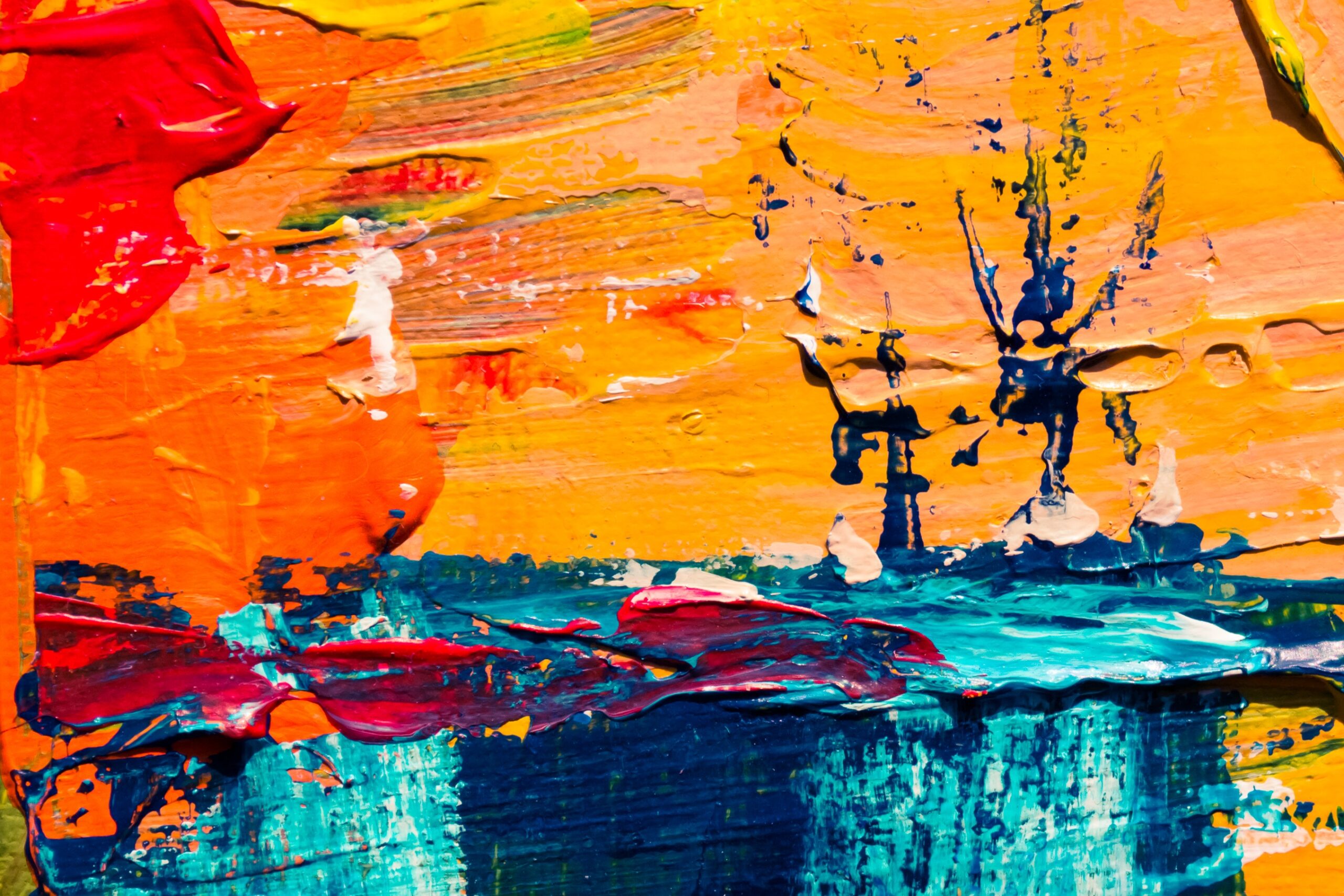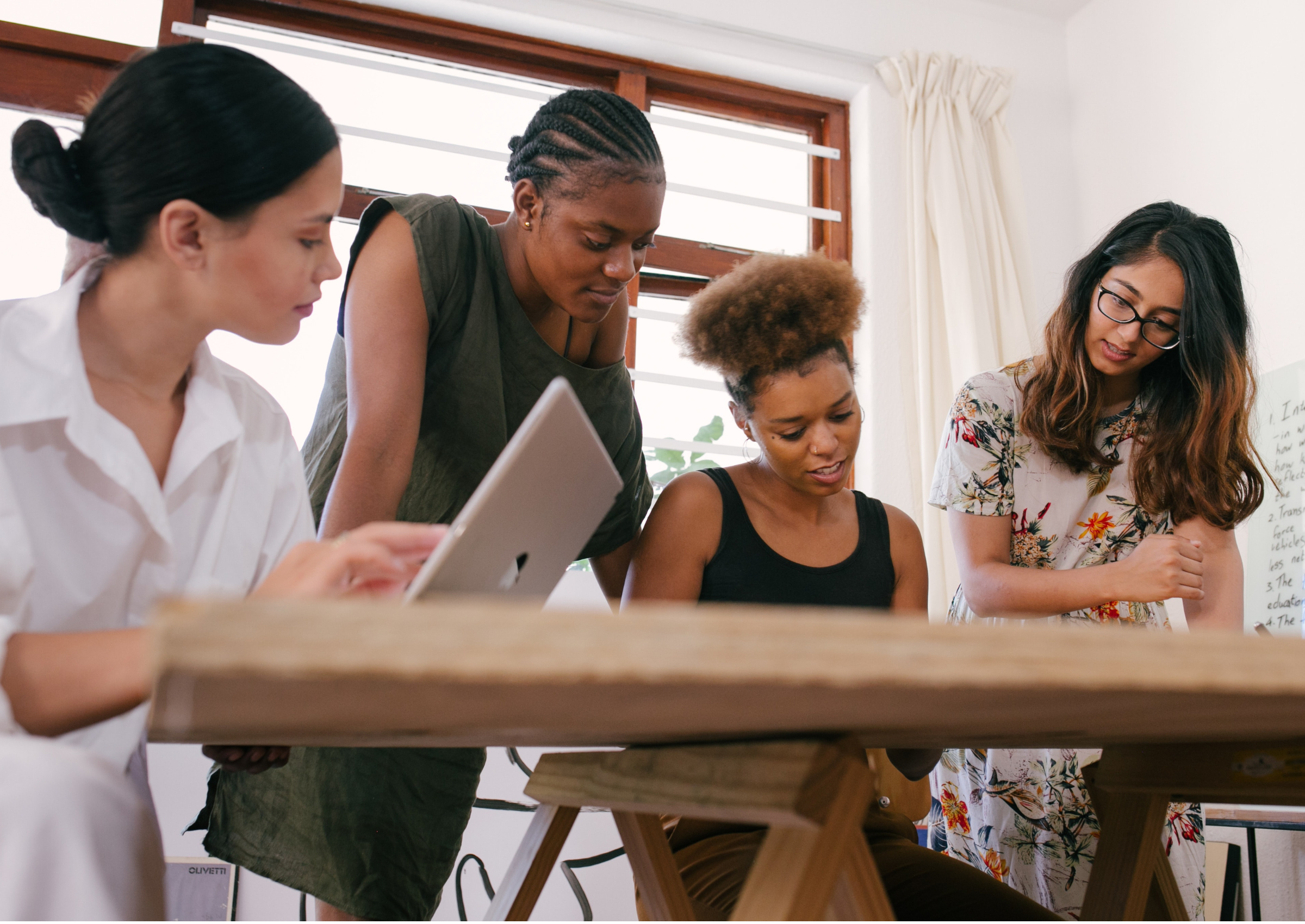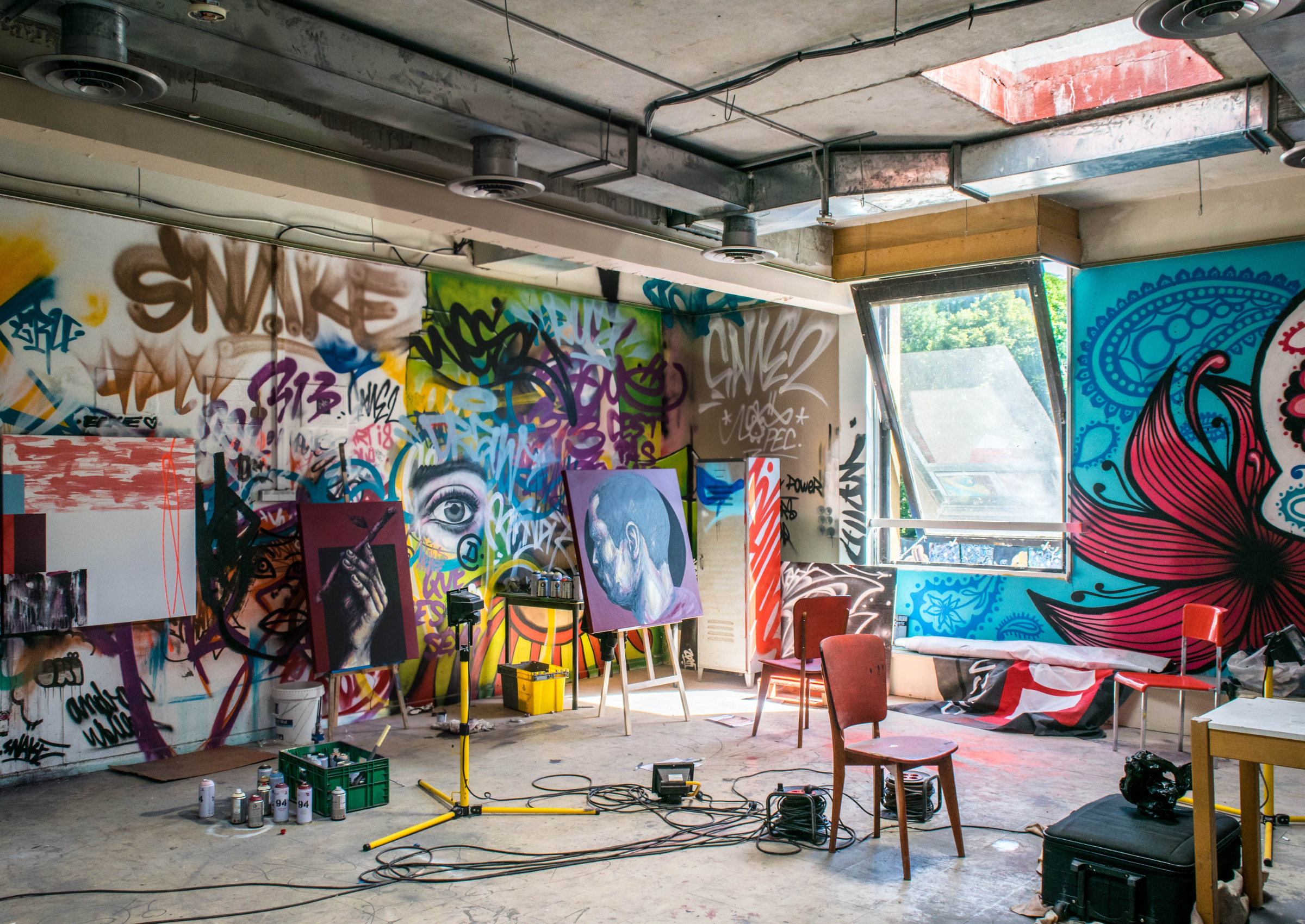In our recent PEC Discussion Paper, Immersive experiences in museums, galleries and heritage sites: a review of research findings and issues, we presented an overview and guide on immersive experiences for those working at museums, galleries and heritage sites. We summarised the most recent research into immersive experiences and highlighted key findings. We suggest that although these forms have great potential, designing and evaluating immersive experiences remains a complex endeavour that needs to take into account different, and often competing, priorities. Many of the claims made in support of immersive practices in regard to widening participation and creating more meaningful user experiences are still being tested.
One of the most urgent priorities going forward must be a consideration of the ethical implications of immersive practices, particularly in relation to the roles and responsibilities of cultural institutions in the future, and in connection with other current priorities and debates in the sector. In this blog post, we consider some of those ethical questions.
First, there is the issue of accessibility. It’s often claimed that digital experiences enable institutions to increase their reach, appealing to a wider demographic and eliminating barriers to access – whether economic, symbolic or physical. But it remains the case that there are those who can access digital content and those who cannot. Digital divides still exist in the UK along a number of trajectories; geography, age, ability, gender, class and ethnicity for example.
Physical barriers are still a crucial issue that those designing immersive experiences need to consider, as we saw at the recent Olafur Eliasson exhibition at Tate Modern. How can we accommodate people with different needs? For example, for VR experiences users have to be able to put the HMD on, take it off, to be able to see, and often now to be able to use motion controllers. Having said this, VR can also widen the opportunities to experience certain cultural events to those who traditionally face physical barriers to do so. Touching Masterpieces is an exhibit that ‘combines VR specialised hardware to allow blind and visually impaired people to “see” artistic sculptures in a way that would otherwise be impossible – by touching them’. Considered responses to the multifaceted issue of access can be a real opportunity, whereas a lack of due consideration can lead to extensive criticism.
Cost is another important barrier to consider, especially when there are particular technical requirements before users can participate. Experiences are often locked into specific operating systems or hardwares that might not be accessible to all. Some experiences, mobile heritage experiences for example, require the use of not insignificant data to download or access content, which can be exclusionary. It seems incongruous in institutions where there has been so much effort to break down barriers to access, that we would be reinstating them digitally. If these experiences are not reaching broad constituencies of users then that perhaps raises questions about their value, especially if they are publicly funded. This value question is also an ethical one.
Second, there are also environmental issues to consider and a realisation in the sector of the pressing need to develop and support a ‘green’ digital heritage agenda. Sustainability is a big challenge in regard to the hardware, the software and the content, and keeping it ‘live’ has a financial and environmental impact. The use of plastic and other non-degradable materials, or the fact that content is stored on servers somewhere has negative environmental consequences. All of these issues pose ethical questions that we need to carefully consider, particularly given how switched on to environmental questions younger people have become.
Third, another crucial issue is how the use of these technologies intersects with broader debates about data rights and user privacy. There are discussions to be had at an institutional and policy level about data governance – for example data integrity and data security – and important ethical issues associated with third party partnerships – with Google or Facebook for instance. We really need to understand the privacy policies that are in place, such as those allowing companies to collect data on the precise location of a device and on a user’s physical movements, and perhaps even, eventually, their emotional responses as well. There are important debates emerging around data ‘colonialism’, by which social relations are now subject to ‘continuous tracking … offering unprecedented new opportunities for social discrimination and behavioural influence’. These debates are underexplored in the heritage context, and we hope to collaborate with our colleagues at the Data Justice Lab, based in Cardiff University’s School of Journalism, Media and Culture (JOMEC), to investigate them further.
Fourth, particularly important also in heritage contexts are issues associated with re-creation; authenticity is a big question in digital heritage debates. The blurring of physical/digital or between fact/fiction is often integral to immersive experiences, but such blurring is fraught with ethical concerns, particularly in the current context of misinformation and fake news. Being able to test new forms of reality raises fascinating and far-reaching issues, which can be culturally and politically sensitive.
There are debates to be had about whether we should recreate any and all objects and environments, and where it is appropriate to encourage users to ‘roam’ (for example in computer generated environments). As ‘digital colonialism’ warns us, there is a risk that information technologies can be used in ways that reproduce colonial power relations, particularly if artefacts and environments are digitally appropriated by institutions from the Global North – not to mention the appropriation and exploitation of the user data gathered. How heritage objects are then (digitally) represented, recreated, by whom and for what purposes is a searching question – and one with strong ethical dimensions.
Debates about ownership can be further tested in these formats and this presents a further challenge – if we can build the Elgin Marbles in a VR environment, does that complicate discussion about their ownership, or make it more straightforward? Do we have a right to do that? What about copyright also.
Finally, there are many ethical questions to consider if we wish to ensure both physical and emotional protections in heritage contexts. Physical protections because some people still find these media uncomfortable to use, but also emotional protections because in many cases we may also be talking about the manipulation of emotions. One of the great promises of VR in particular is that it might enable users to connect emotionally and empathetically, but is that always appropriate? How does feeling relate to cognition in these processes? There is a lot we don’t know here.
Those of us working in this space as researchers and practitioners want to be doing good, ethical and just work, so these are questions we are going to have to engage with. Many of these questions are also being grappled with in other areas of heritage practice of course – they are not challenges unique to the digital environment. They connect with debates about how to ‘open up’ institutions, increase reach and secure more meaningful participation across the sector, and how to mainstream a social justice agenda in terms of democratising and decolonising heritage practices and spaces. We will continue to explore what the value of immersive practice is in this context, and the extent to which we can maintain that, digitally as well, ‘museums change lives’.
Photo by Lucrezia Carnelos
Related Blogs
Bridging the Imagination Deficit
The Equity Gap in Britain’s Creative Industries by Professor Nick Wilson The creative industries are…
Why accredited qualifications matter in journalism
Journalism occupations are included on the DCMS’s list of Creative Occupations and, numbering around…
All Together Now?
Co-location of the Creative Industries with Other Industrial Strategy Priority Sectors Dr Josh Siepe…
The Mahakumbh Mela, India, 2025
The festival economy: A Priceless Moment in Time Worth GBP 280 Billion in Trade Jairaj Mashru looks …
Class inequalities in film funding
Professor Dave O’Brien, University of Manchester, Dr Peter Campbell, University of Liverpool and Dr …
Creative self-employed workforce in England and Wales
Dr Ruoxi Wang, University of Sheffield and Bernard Hay, Head of Policy at Creative PEC Self-employed…
What just happened to funding for culture in Scotland?
First the facts: Creative Scotland announced the outcome of its new Multi-Year Funding Programme on …
Copyright and AI – a new AI Intellectual Property Right for composers, authors and artists
Background The new technology landscape emerging from the super rapid progress in developing AI, Gen…
Creative PEC: A Year in Review
Looking back at Creative PEC in 2024 – a year of policy, research and industry achievements, events,…
Measuring the economic value of digital culture
What are consumers are willing to pay for digital streaming services, and how do we measure it?
Lifelong learning in the creative industries, part 2: the solutions
In part 2 of the blog, our Industry Champions discuss possible solutions to the challenges of lifelo…
Lifelong learning in the creative industries – part 1: the challenges
Our Industry Champions discussed the challenges faced in creative industries education and lifelong …
